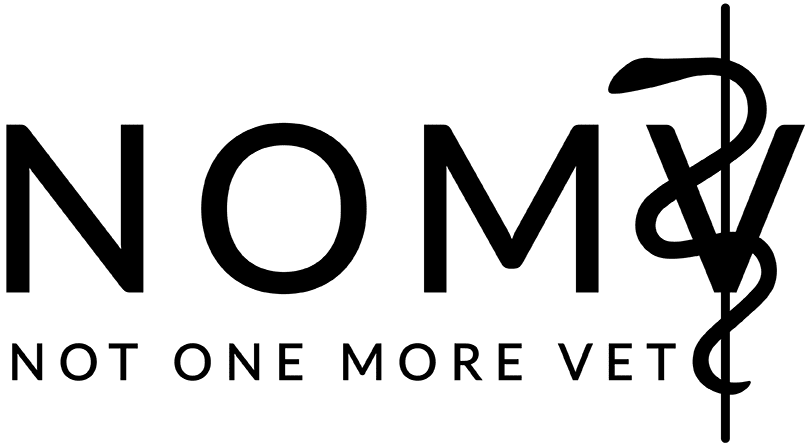Advancing Veterinary Well-Being with CLEAR Blueprint
By Susie Mitchell
At a time when burnout and staff turnover are growing challenges in the veterinary field, one clinic is taking a bold new approach—and seeing inspiring results. In a recent interview Dr. John Dally–of the CLEAR Blueprint certified Cooperative Veterinary Care–shared how transitioning his veterinary practice to a cooperative business structure has improved staff well-being, collaboration, and resilience.

A Model Where Everyone Has a Voice
Two years ago, Dr. Dally’s clinic restructured as a cooperative, giving all employees—from veterinarians to front desk staff—a real voice in decision-making and a share in the clinic’s success: “Each board member has an equal vote to every other owner. So every business decision is made by the group.”
Unlike traditional top-down hierarchies, the cooperative model creates a more democratic workplace. Dally detailed how it promotes transparency, shared accountability, and both individual and group autonomy: “I feel like every single person that’s an owner in this group and even the non-owners or employees feel very able to present ideas to problems.”
Prioritizing Well-being
Dally recounted conversations with the team about challenges with mental well-being and emphasized how a cooperative model creates space for team members to support one another both professionally and personally: “The structure enabled us to say, ‘Hey, we’re committed to this and having everybody benefit. What do we need to do to address these challenges?’” Dr. Dally recalled, “And doing the CLEAR Blueprint program was one of those things that helped us.”
CLEAR Blueprint was introduced as a direct response to conversations within the team, as was a sabbatical program– either from ownership or work entirely–in response to experiences of burnout: “And [we] figured out how to make that work. So it was fair to the business but also provided the mental break that was being asked for.”
Planning for the Future
Dr. Dally’s experience shows that business structure isn’t just a financial or operational choice—it’s a cultural one. And it can have a lasting impact on the people who make veterinary care possible.
Dally advises that if you want to try a cooperative structure, “Don’t be afraid. Trust in your co-workers and the people you work with…And plan. Realize it’s going to take two, three, four years from the time you start thinking about this seriously to the time when you’re like, ‘Hey, this is really working’”.
As more clinics grapple with staffing shortages and burnout, the cooperative model offers an inspiring alternative: one where wellness, equity, and shared success go hand in hand.
If you are interested in learning more about veterinary cooperatives or how to get started, Dr. Dally has graciously provided his email address. Please contact him at dr.dally@cooperativevetcare.com
Recent Posts
About Us
NOMV addresses well-being in the veterinary medical community through evidence driven programming that raises awareness on mental health in the community while providing innovative prevention and intervention programming.
